Thinking About a Man Bun? A Barber’s No-Nonsense Guide to Doing It Right
I’ve been behind the barber chair for a long time, and I’ve seen just about every men’s hairstyle you can imagine. A while back, a guy sat down with a good five inches of hair and said he was aiming for a man bun. Honestly, it was a bit of a new one for me then—most of my days were filled with clippers and short, sharp styles. We ended up having a great chat, not about trends, but about his hair, his job, and whether he had the patience for the journey ahead.
In this article
That one conversation sent me down a rabbit hole, and since then, I’ve guided hundreds of guys through the process of growing, maintaining, and styling long hair. I’ve also had to be the one to tell some guys that, hey, maybe this isn’t the best look for your hair type or lifestyle. Because here’s the deal: a man bun isn’t just a hairstyle. It’s a commitment.
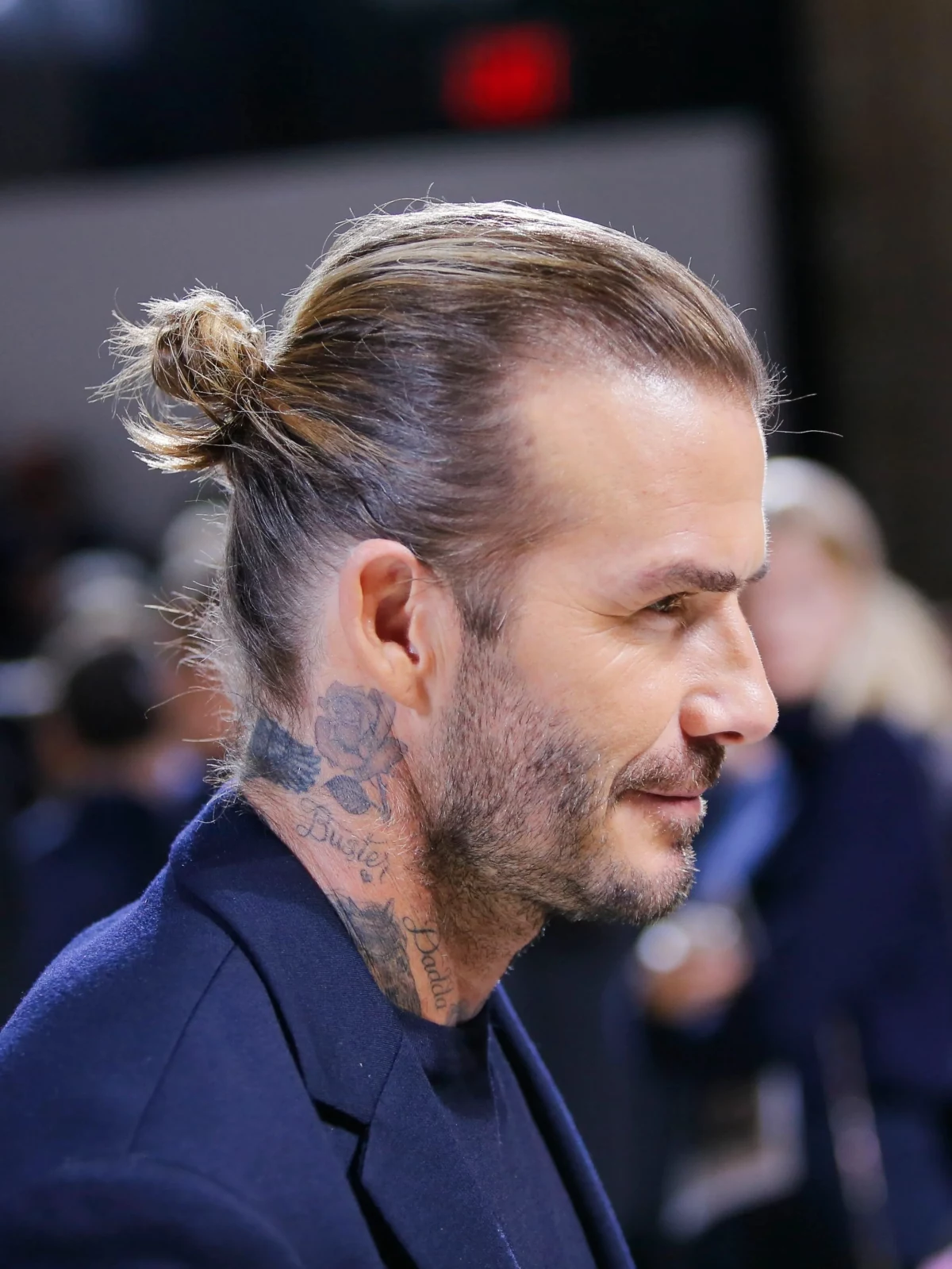
It means getting through the dreaded awkward stages, learning how to care for long hair (it’s different!), and knowing how to tie it up without wrecking your hairline. So, let’s get into the real-world advice I share from my chair every day, from the basics of hair growth to the specific products you’ll actually need.
First Things First: Understanding Your Hair
Before you even think about styling, you have to grow the hair. And patience is probably the most important tool you have. Hair grows, on average, about half an inch a month. That’s it. There are no magic pills to speed it up.
To get enough length for even a small, basic bun, you’ll need at least 6-7 inches of hair on top. If you’re starting from a buzzcut, you’re looking at a solid year of growth. For a bigger, fuller bun, you’ll need 10 inches or more, which could easily take up to two years. It’s a marathon, not a sprint.
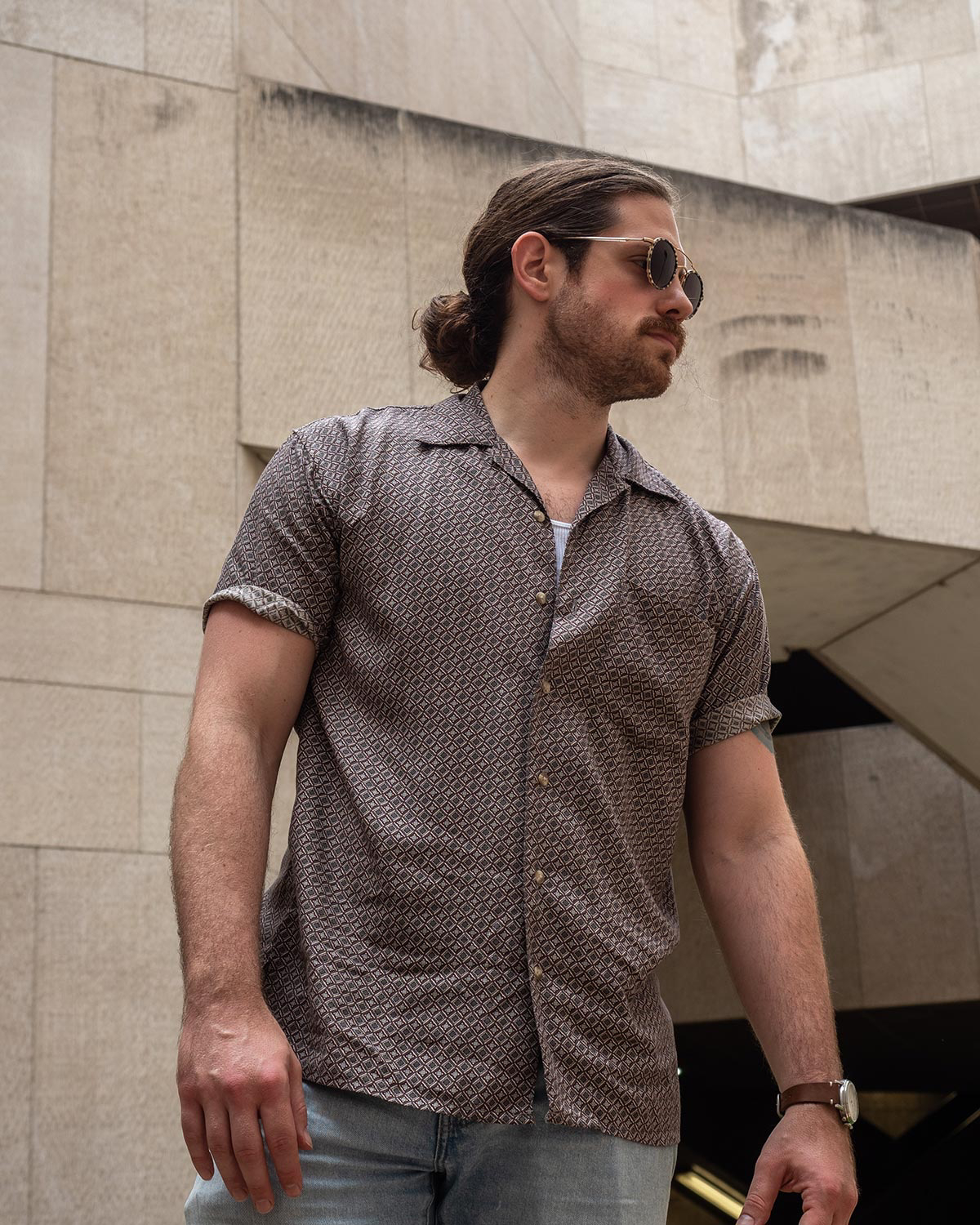
Surviving the Awkward Stage
Ah, the awkward stage. Every single guy who grows his hair out goes through it. It’s that in-between length, usually around 3 to 6 inches, where your hair is too long for short styles but too short to tie back properly. It’s constantly in your eyes and just won’t cooperate. This is the point where most guys give up and buzz it all off.
But you can get through it with a plan. Don’t just let it grow wild. Instead, have a clear conversation with your barber. You can literally walk in and say, “I’m growing the top out for a bun. For today, can you just clean up the edges around my ears and neck, and maybe add some texture on top to reduce the ‘helmet’ look?” This keeps you looking sharp without sacrificing the length you need.
Hats, beanies, and headbands will also become your best friends during this phase. Don’t fight it; embrace the accessories.
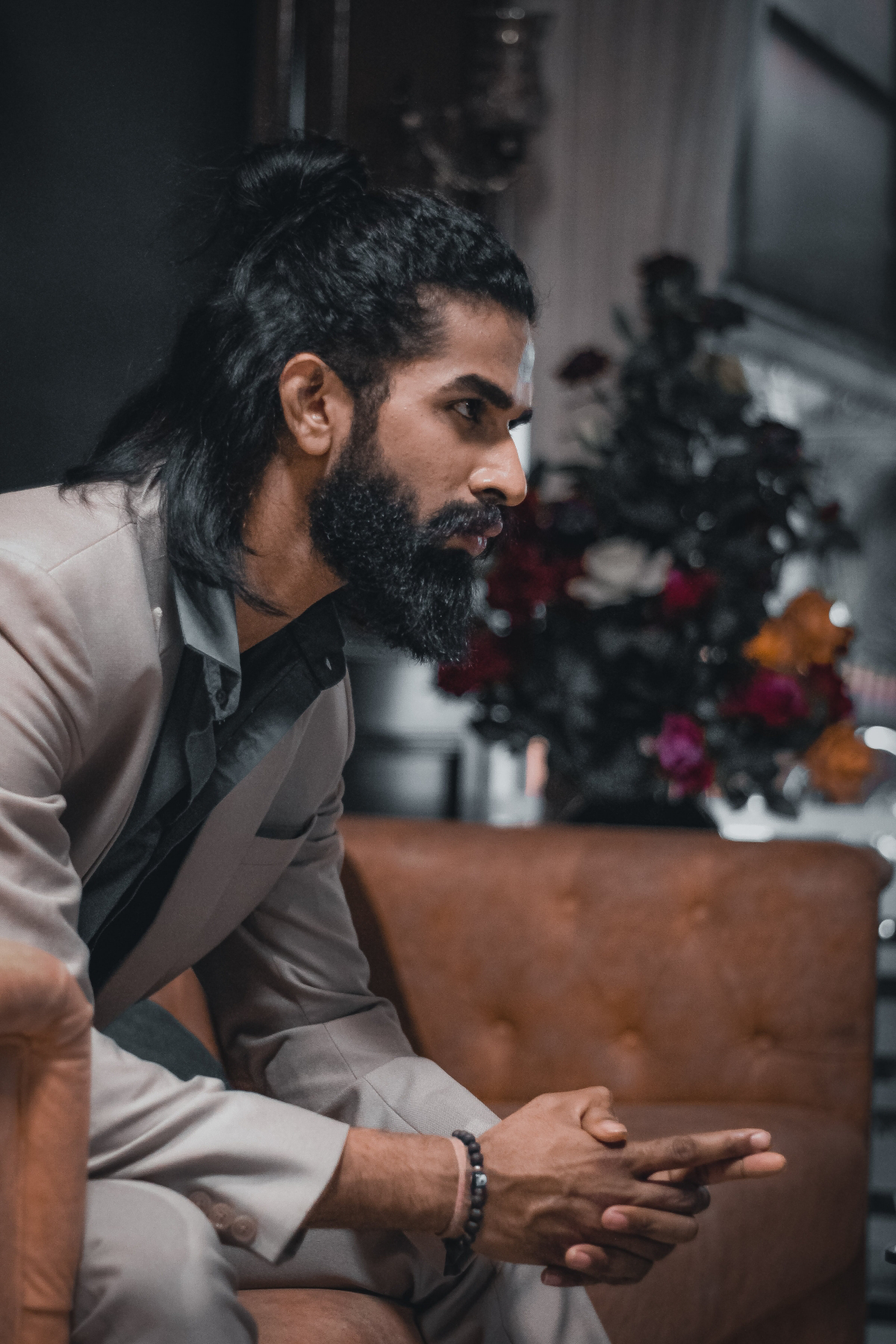
Does Your Hair Type Work?
Let’s be real: your natural hair texture and density play a huge role in how your bun will look.
- Texture (Fine vs. Coarse): Fine hair can be slippery and might struggle to hold a bun without sliding out. Coarse hair has great grip but can be prone to dryness and frizz.
- Density (Thin vs. Thick): This is about how many hairs you have, not how thick the strands are. If your hair is thinning, especially at the crown or hairline, pulling it back tightly can unfortunately make that thinning more obvious. I’m always upfront with my clients about this.
- Pattern (Straight, Wavy, Curly): Straight hair gives you a sleek, neat bun. Wavy hair brings natural volume and texture. And curly hair? It creates an awesome, full-looking bun but demands the most moisture and gentle handling.
Finding Your Style: It’s All About Placement and Technique
Once you have the length, you can start styling. The position of your bun can actually change the perceived shape of your face. Try it in the mirror—hold your hair at different spots on your head and see how it looks.
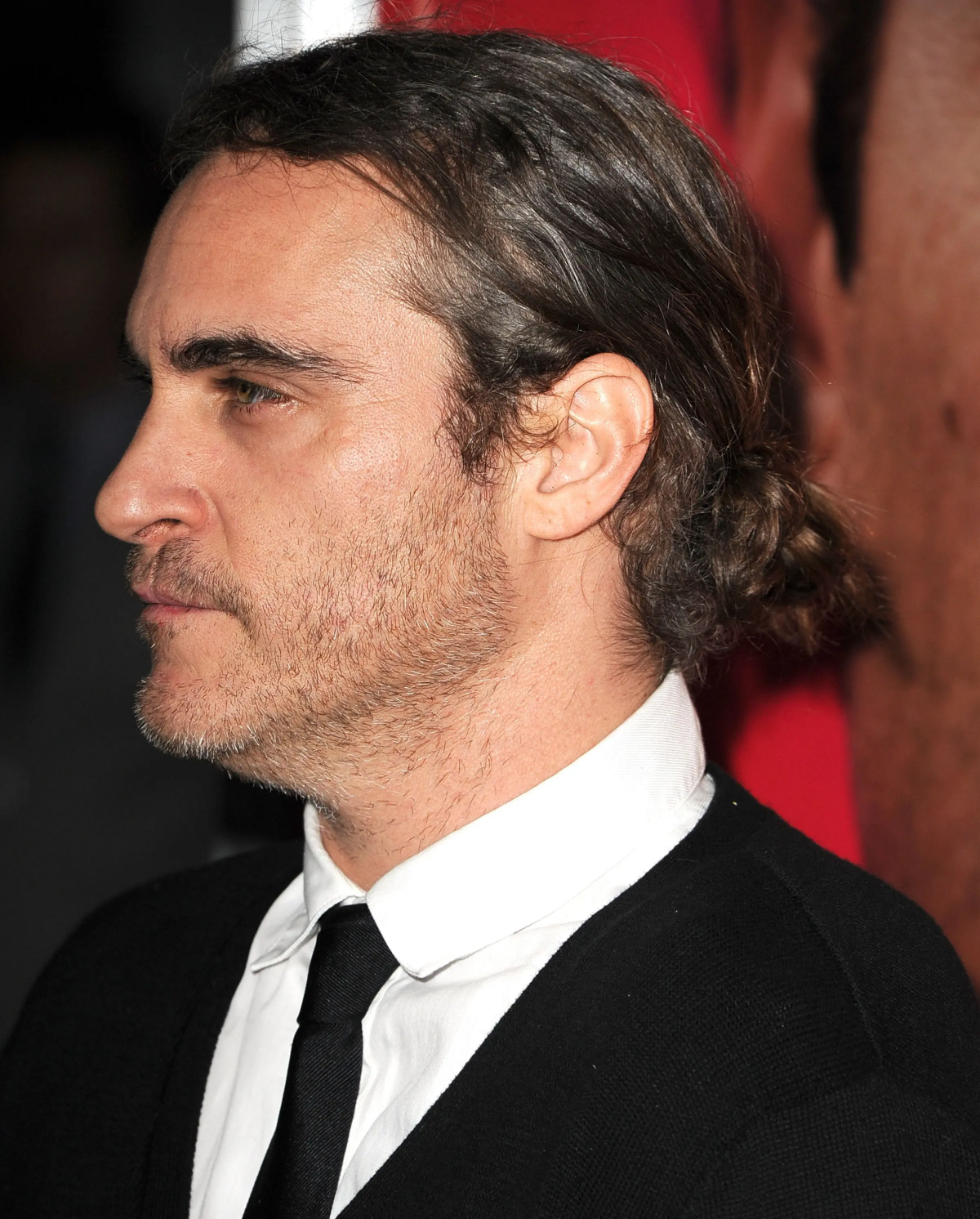
- The High Knot (at the crown): This draws the eye upward, which can help elongate a rounder face.
- The Mid-Level Bun (classic spot): This is the versatile, go-to placement that works for almost everyone. It’s a safe and balanced look.
- The Low Bun (at the nape): This gives off a more relaxed, understated vibe and can soften a strong jawline. It’s also a great, professional option.
How to Actually Tie the Bun
Okay, let’s get practical. You don’t want a lopsided, sad-looking knot. Here are a couple of common styles and how to do them.
The Full Bun (using the double-loop trick): This is the standard. Gather all your hair at your chosen spot (mid-level is a good start).
1. Use a hair tie to wrap around the base of the ponytail once or twice, like you normally would.
2. On the final wrap, don’t pull the hair all the way through. Instead, pull it just halfway, creating a looped bun.
3. This leaves you with a secure loop and a tail of ends. You can leave the ends out for a more casual look, or you can wrap them around the base of the bun and tuck them into the hair tie to hide them.

The Half-Up Knot: This is perfect for the later awkward stages or for guys with super thick hair. You just section off the top half of your hair (from your temples back) and tie that into a small bun, leaving the rest down.
The “Intentional” Messy Bun: A good messy bun looks effortless, but it’s not. The trick is to start neat. Tie a secure double-loop bun first. Then, gently pull at the base and tug on a few sections of the bun itself to create some looseness and volume. Pull out a few small, wispy strands around your hairline and ears. It looks relaxed, but it won’t fall apart in an hour.
The Pro’s Touch: Undercuts and Fades
Pairing a bun with short sides is a hugely popular look. But please, I’m begging you, do not try to cut this yourself. I’ve spent more hours than I can count fixing DIY undercuts, and the only real fix is waiting for that crooked line to grow out. It’s not pretty.
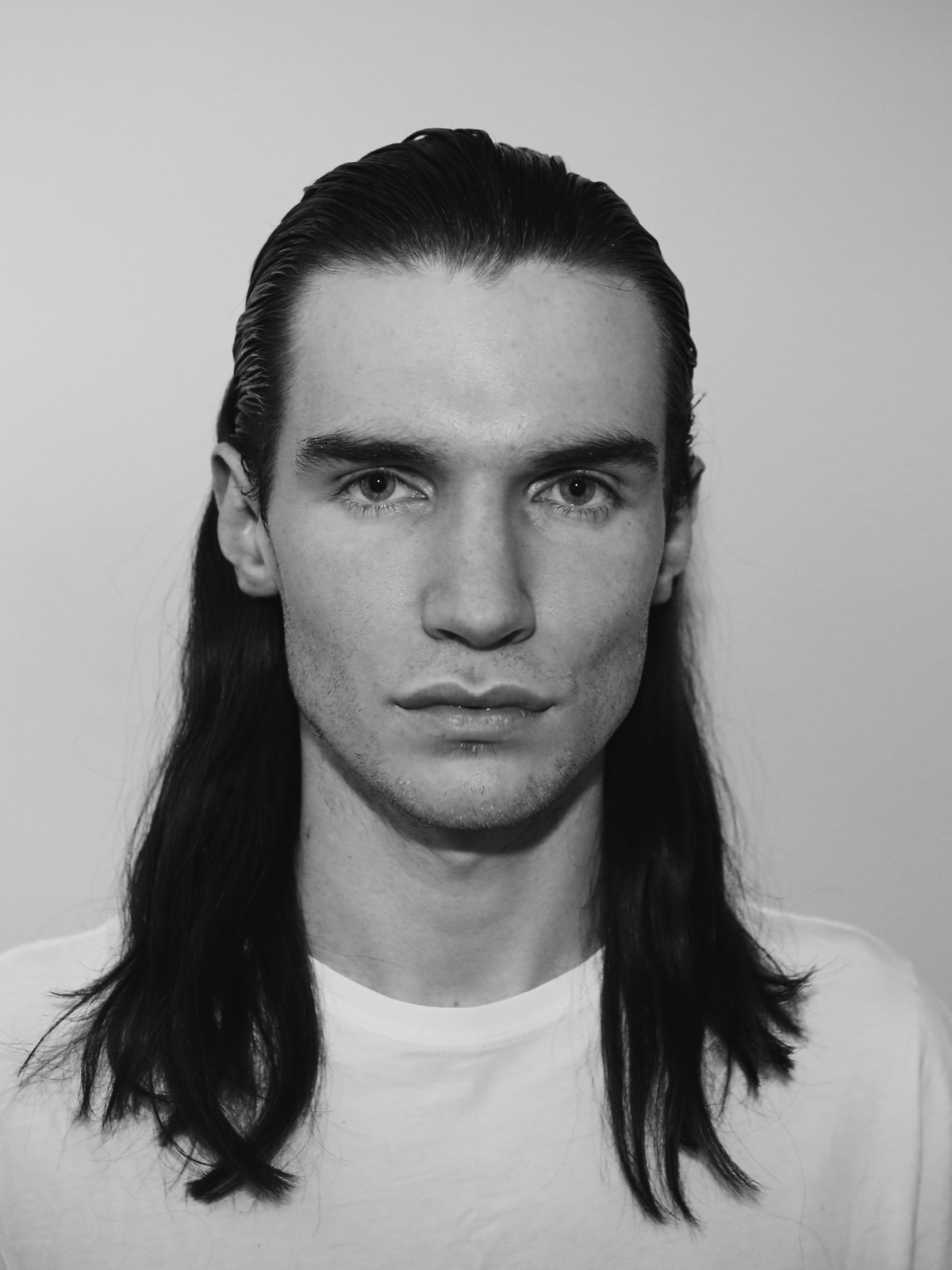
I once had a client come in who tried to give himself an undercut with his beard trimmer. The line on one side was a full inch higher than the other, and he’d accidentally buzzed a patch right out of the long hair on top. We had to go with a very, very short style for a few months. Just go to a pro. It’s worth the money.
Undercut or Fade: What’s the Difference for Your Bun?
An undercut is a sharp, disconnected style. The sides and back are clipped to one short length, creating a bold contrast with the long hair on top. We talk in clipper guard numbers. A #2 guard leaves about 1/4 inch of hair, which is a safe place to start. A ‘zero’ guard takes it right down to the skin for a very dramatic look. The main thing is that it’s all one length, so maintenance is about getting it re-buzzed every 3-4 weeks to keep it clean.
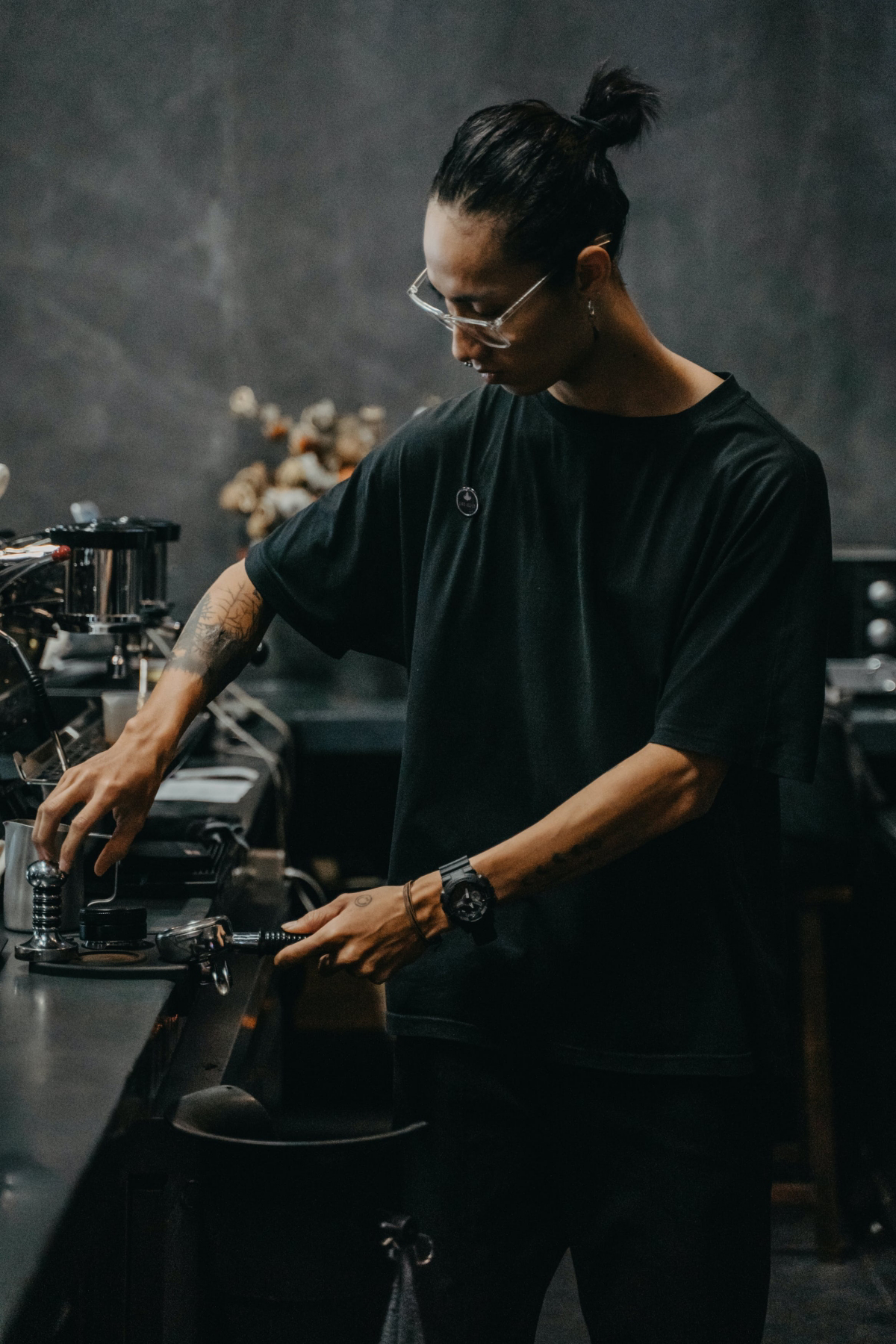
A fade, on the other hand, is all about a seamless, gradual blend. The hair transitions smoothly from very short at the bottom to longer as it moves up toward the top section. A low fade is subtle, a mid fade is classic, and a high fade is bold. A good fade requires serious skill to blend without leaving any lines. Because it’s so precise, it needs more frequent upkeep. You should plan on a touch-up every 2-3 weeks to keep it looking sharp. Expect to pay anywhere from $25 to $50 for a fade cleanup, depending on where you live and the skill of your barber.
Your Daily Toolkit and Routine
Long hair has totally different needs than short hair. The ends can be years old, so they need gentle treatment. Here’s how to avoid the most common mistakes.
Your Man Bun Starter Kit
You don’t need a shelf full of products. In fact, less is more. Here’s a simple shopping list to get you started:

- Snag-Free Hair Ties: An absolute must. Spiral plastic ones or soft fabric ties are great. NEVER use rubber bands. A pack will run you $5 to $10.
- Sulfate-Free Shampoo & Conditioner: Gentler on your hair and won’t strip its natural oils. A good set can cost between $15 and $30.
- Sea Salt Spray: The secret weapon for adding grip and texture, especially if your hair is fine or silky. A decent bottle is usually $10 to $20.
- A Microfiber Towel (or an old t-shirt!): Seriously. Rubbing your hair with a rough bath towel causes frizz and breakage. Gently squeeze the water out instead. This one’s basically free!
How to Wash, Dry, and Style
Stop washing your hair every day. It strips out the natural oils that keep it healthy. Aim for 2-3 times a week, max. When you do wash, focus the shampoo on your scalp and let the suds rinse through the ends. Then, apply conditioner only from the mid-lengths to the ends, where hair is the driest.
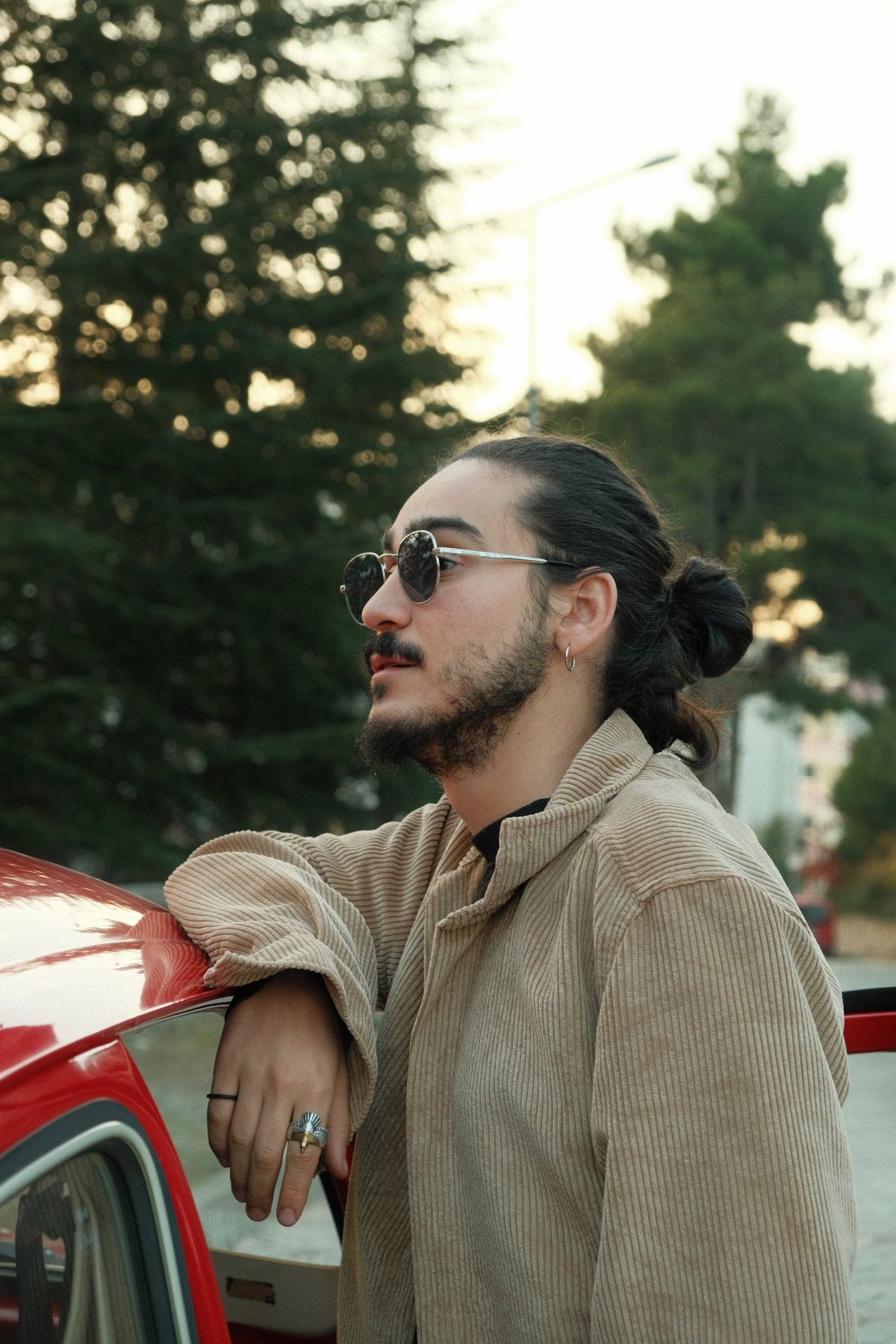
For product application, here’s a simple rule of thumb: On damp, towel-squeezed hair, use a leave-in conditioner first for moisture, then a sea salt spray for texture. On dry hair, you can just use the sea salt spray for grip or a tiny, pea-sized amount of a light styling paste to tame flyaways.
Heads Up! The Biggest Risk with a Man Bun
This is critical. Tying your hair back too tightly, day after day, can cause something called traction alopecia. It’s hair loss from constant pulling on the follicles, and it often shows up as a receding hairline around the temples. And yes, it can be permanent.
To avoid it:
- Don’t tie it so tight it hurts. If you feel a pulling sensation or get a headache, it’s too tight.
- Vary the position. Don’t put the bun in the exact same spot every day.
- Never sleep in a tight bun. If you need to tie it back at night, use a loose, low braid or a soft scrunchie.
Quick Challenge: Go into your bathroom right now and throw out any rubber bands or those basic office-supply elastics. It’s a five-dollar fix to buy proper hair ties that will prevent a ton of damage down the road.

Troubleshooting Common Problems
- Problem: Split Ends. You can’t fix them; you have to cut them. Ask your barber for a “dusting” every 10-12 weeks, where they trim less than a quarter-inch to clean up the ends without losing length.
- Problem: Frizz. Usually means your hair is thirsty. Use a deep conditioning mask once a week and stop rubbing it with a rough towel.
- Problem: Itchy Scalp. This is often from product buildup or tying up damp hair (which can breed bacteria). Use a clarifying shampoo once a month and ALWAYS make sure your hair is completely dry before tying it up for a long time.
A Quick Note on History
By the way, while the man bun is a modern fashion trend, it’s good to remember that tying hair in a topknot isn’t new. The style has deep cultural and spiritual roots in various traditions all over the world. It’s important to appreciate the look while respecting the profound significance it holds for others.
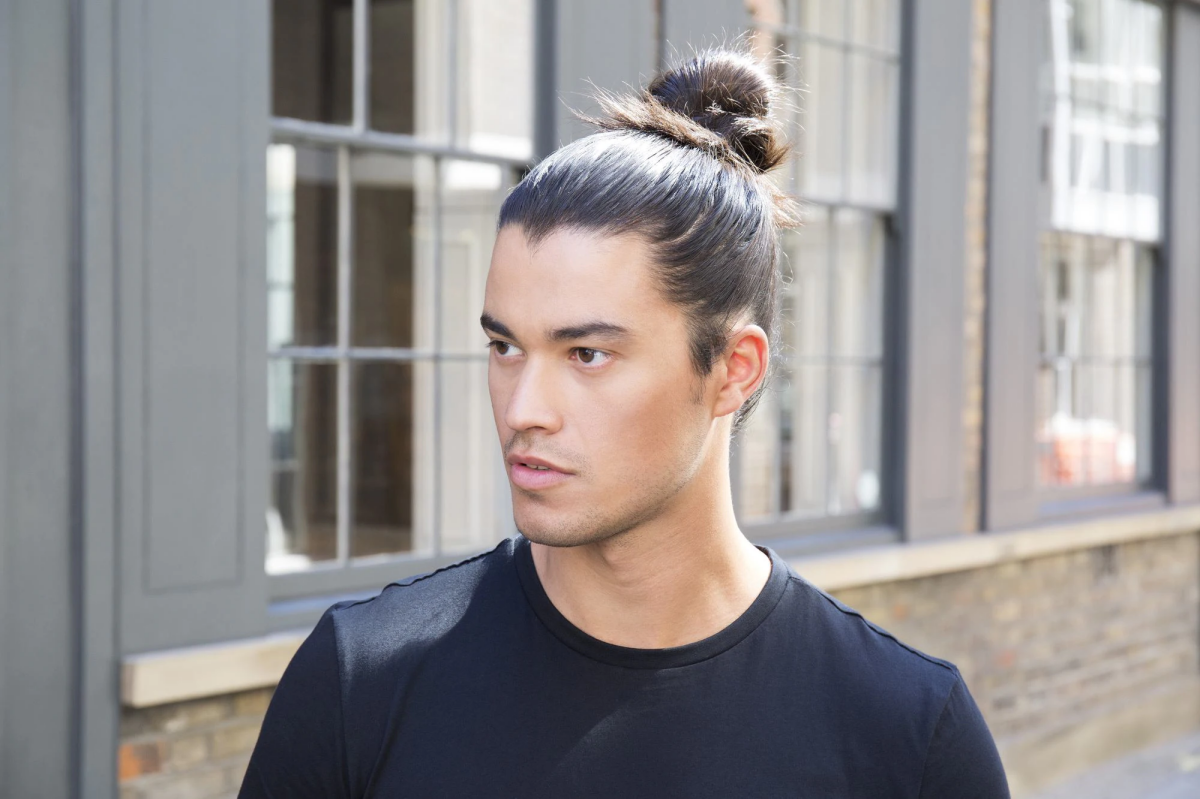
So, Is the Man Bun Right for You?
After all this, I can tell you the best hairstyle is always the one that fits you—your hair, your lifestyle, your personality. The man bun is an awesome, versatile style if you’re willing to put in the time and care. If you’re more of a wash-and-go person, that’s cool too! There are plenty of other great styles out there.
Talk to your barber. Be honest about how much effort you’re willing to put in. We’re here to give you advice that’s built on experience and help you find the look that makes you feel like a million bucks.
Galerie d’inspiration
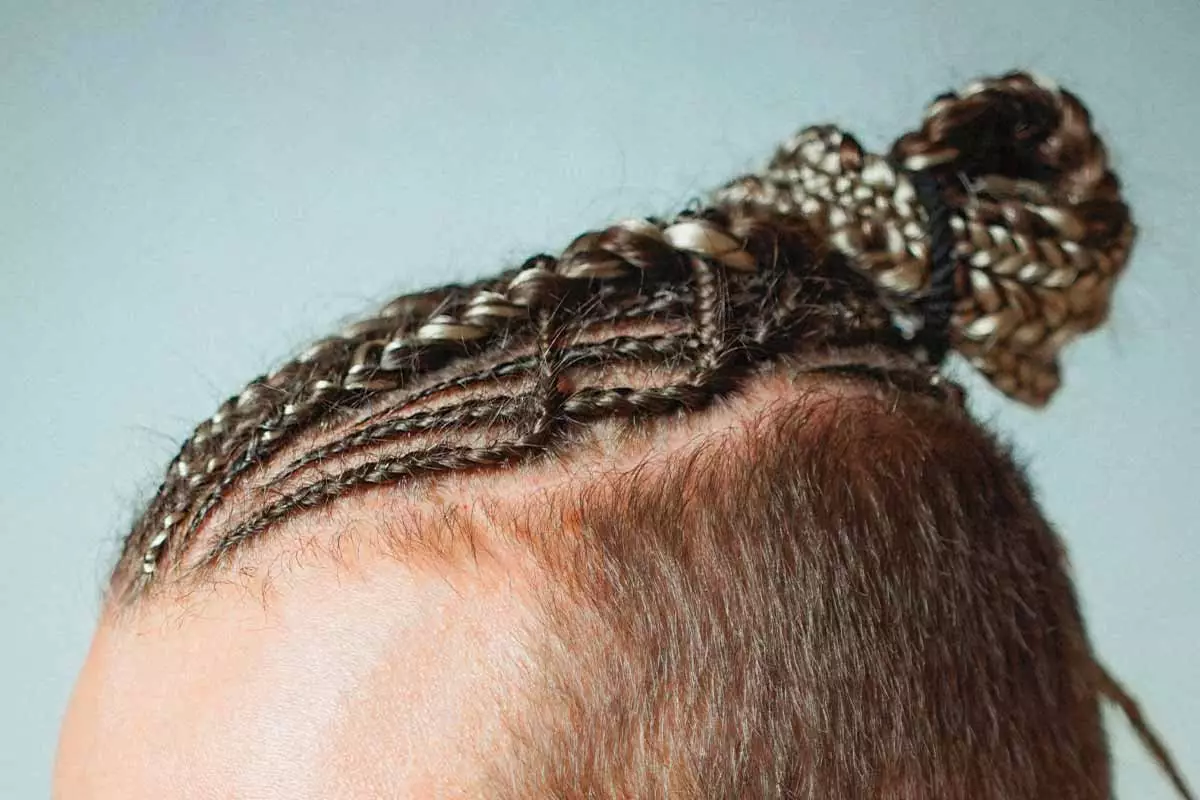
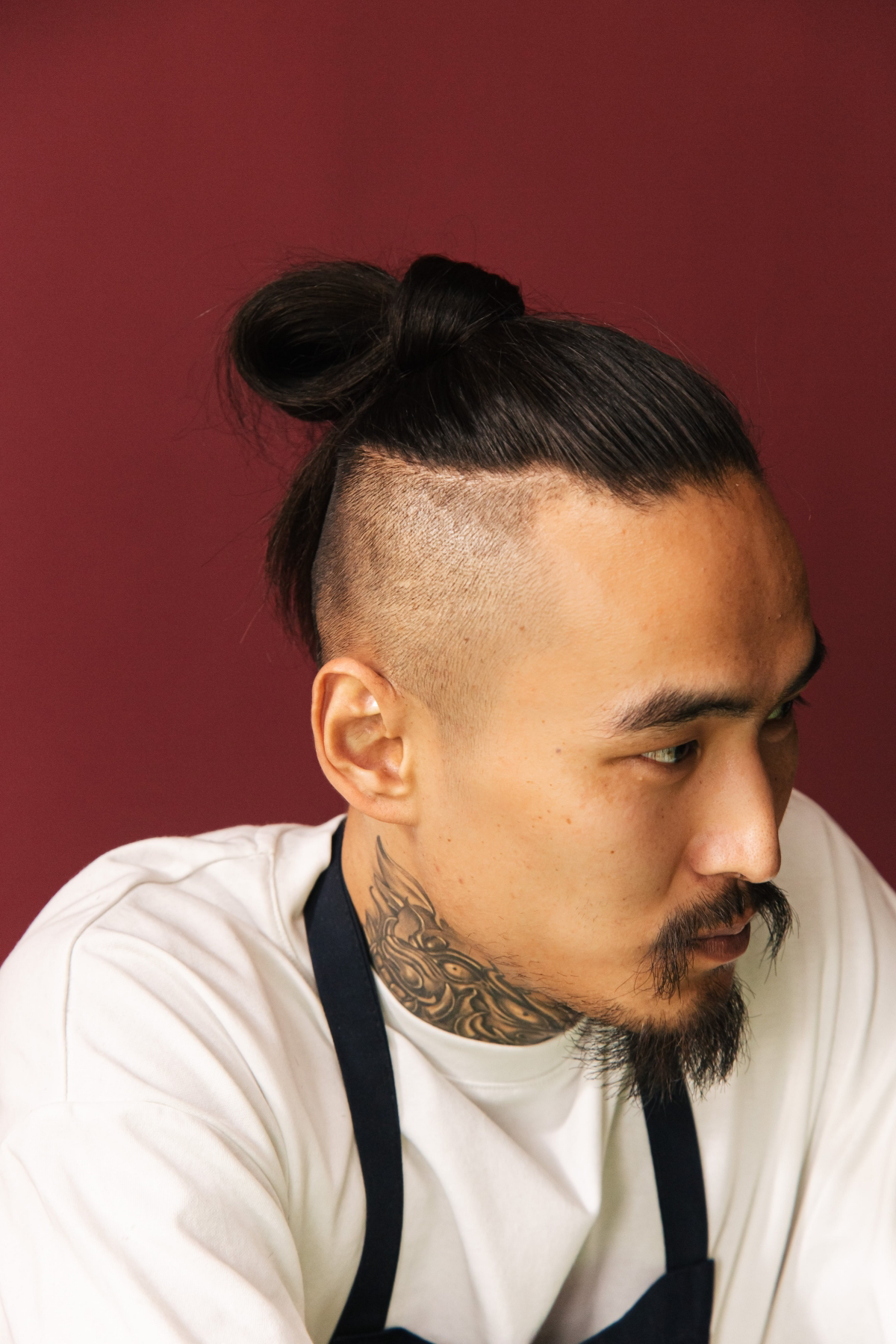
The biggest mistake newcomers make? Using the wrong hair tie. That standard office rubber band or the thin elastic with a metal clamp you found in a drawer is a recipe for breakage. The tension and sharp edges literally snap strands of hair. Invest in hair-specific ties like the spiral-shaped ones from Invisibobble or simple, seamless fabric ties from brands like Goody. They provide a firm hold without creating a single, damaging pressure point.
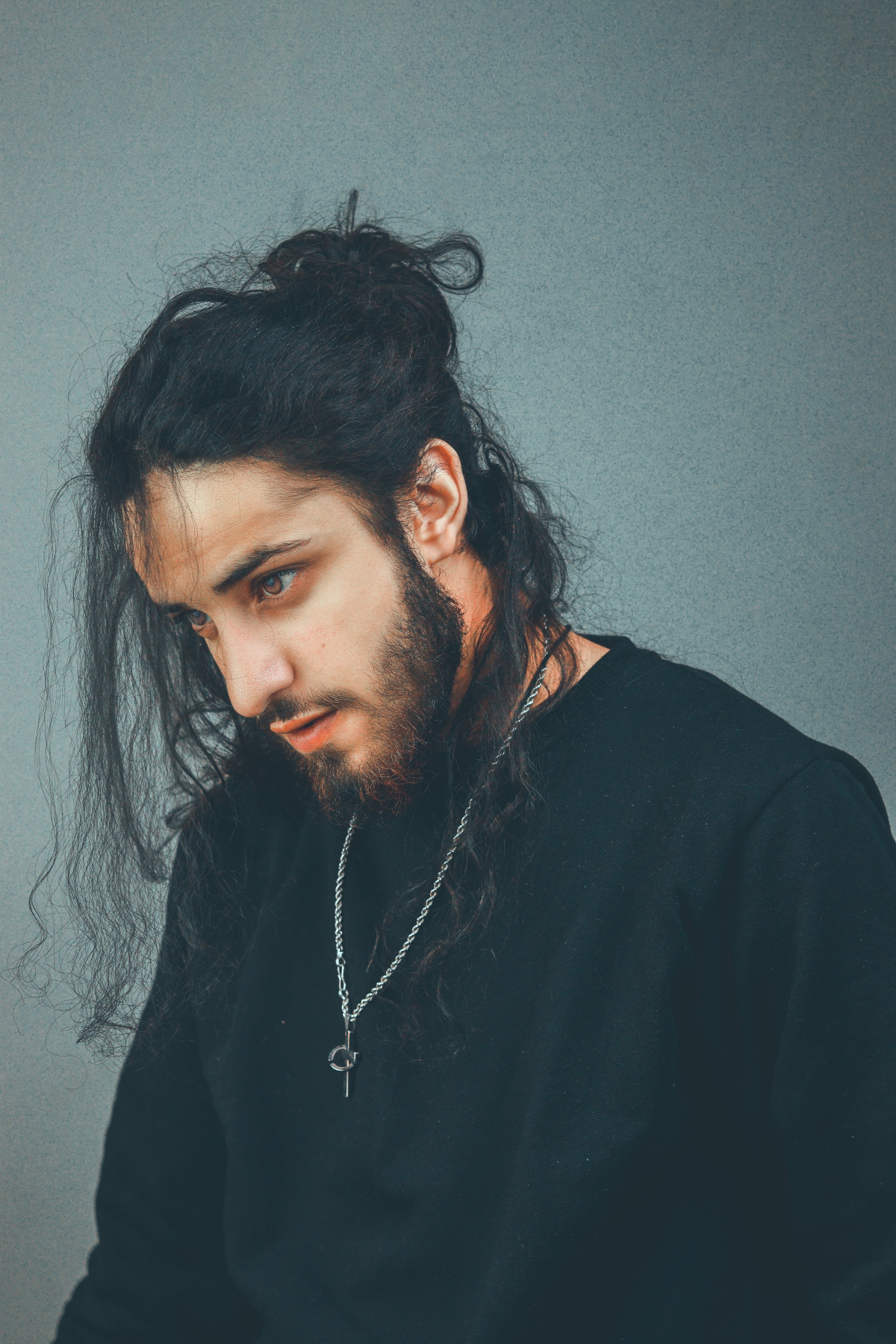
Traction alopecia is a real form of hair loss caused by hairstyles that constantly pull on the roots.
While a man bun is generally safe, wearing it excessively tight, day after day, in the exact same high position can stress your hairline. The key is variation. Alternate between a high bun, a low bun, and leaving your hair down. Give your follicles a break, especially when you sleep.

Wondering how to get that perfect messy-but-not-greasy texture?
The secret isn’t to stop washing your hair, but to wash it smarter. Switch to a sulfate-free shampoo to avoid stripping natural oils. On your off-days, a quality dry shampoo is your best friend. A quick spray of Klorane’s Dry Shampoo with Oat Milk at the roots absorbs excess oil and adds volume, letting you go an extra day or two while looking fresh.
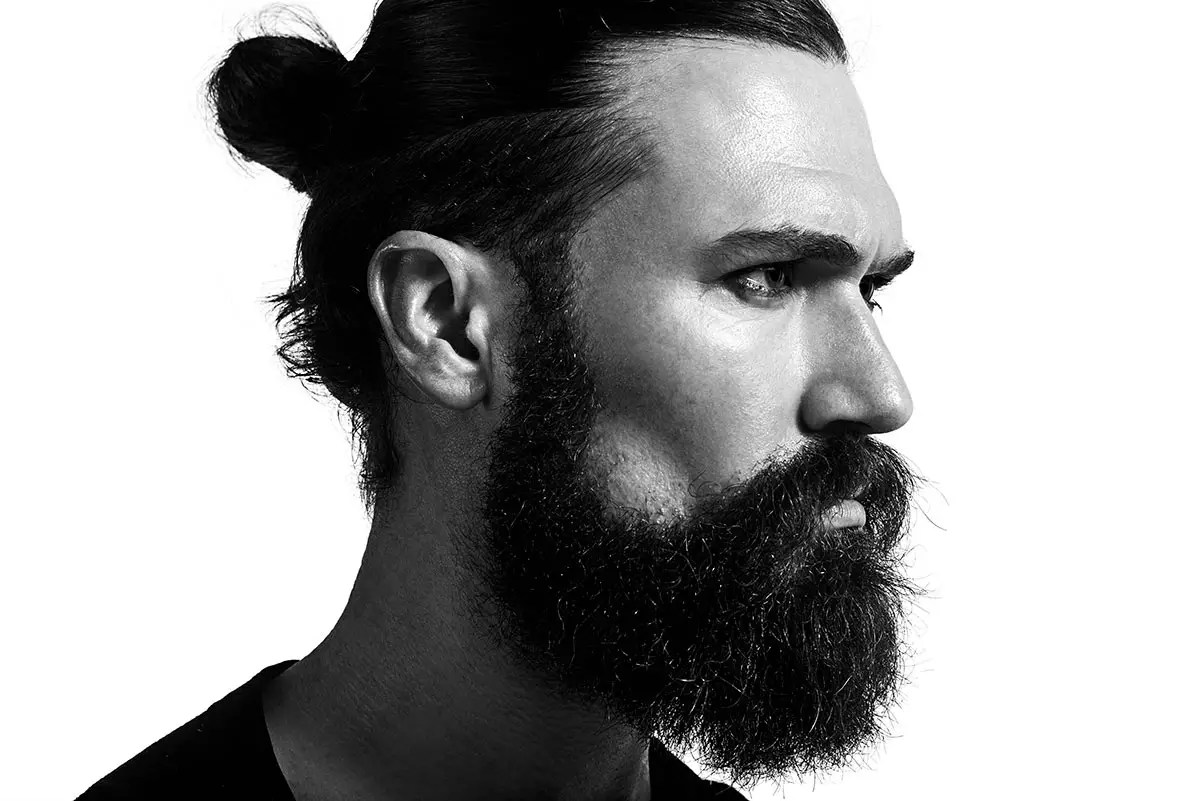
Once you have the length, you have options. It’s not a one-size-fits-all style.
- For a fuller, more relaxed look, let the sides grow out with the top for a classic, uniform bun.
- For a sharper, more modern contrast, ask your barber for an undercut or a fade on the sides and back. This makes the top knot the main feature and reduces bulk.
The trick is to decide on your final look *before* you’re deep into the awkward stage.
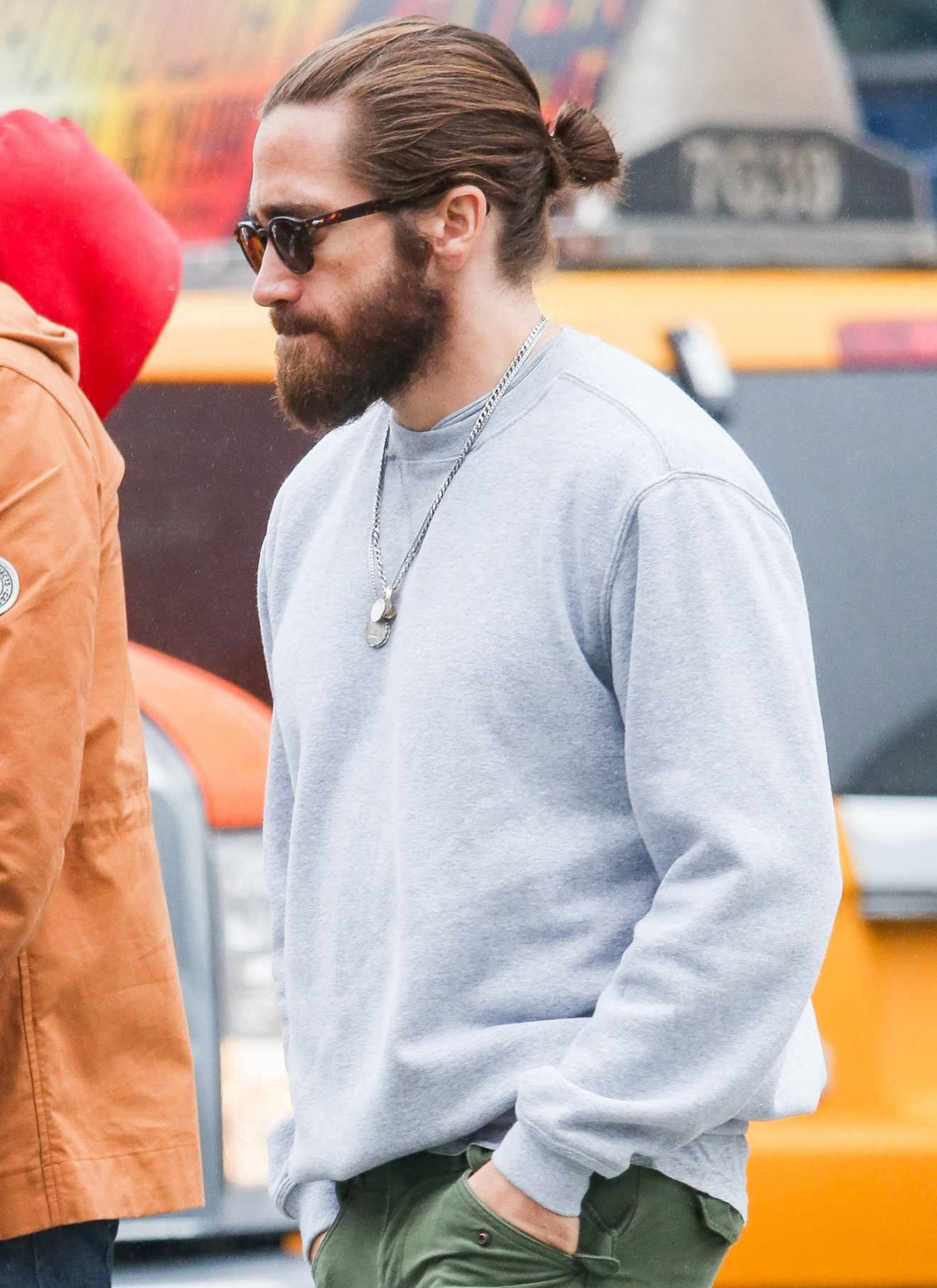
The Full Bun: This is the classic, requiring at least 10-12 inches of hair all over. It’s versatile and can be worn high and tight for a formal look or low and loose for a casual vibe.
The Top Knot with Undercut: This style focuses all the length on top, with the sides and back buzzed or faded. It requires less overall growth time but needs frequent upkeep from your barber (every 2-4 weeks) to keep the sides sharp.
Your choice depends on patience versus maintenance.
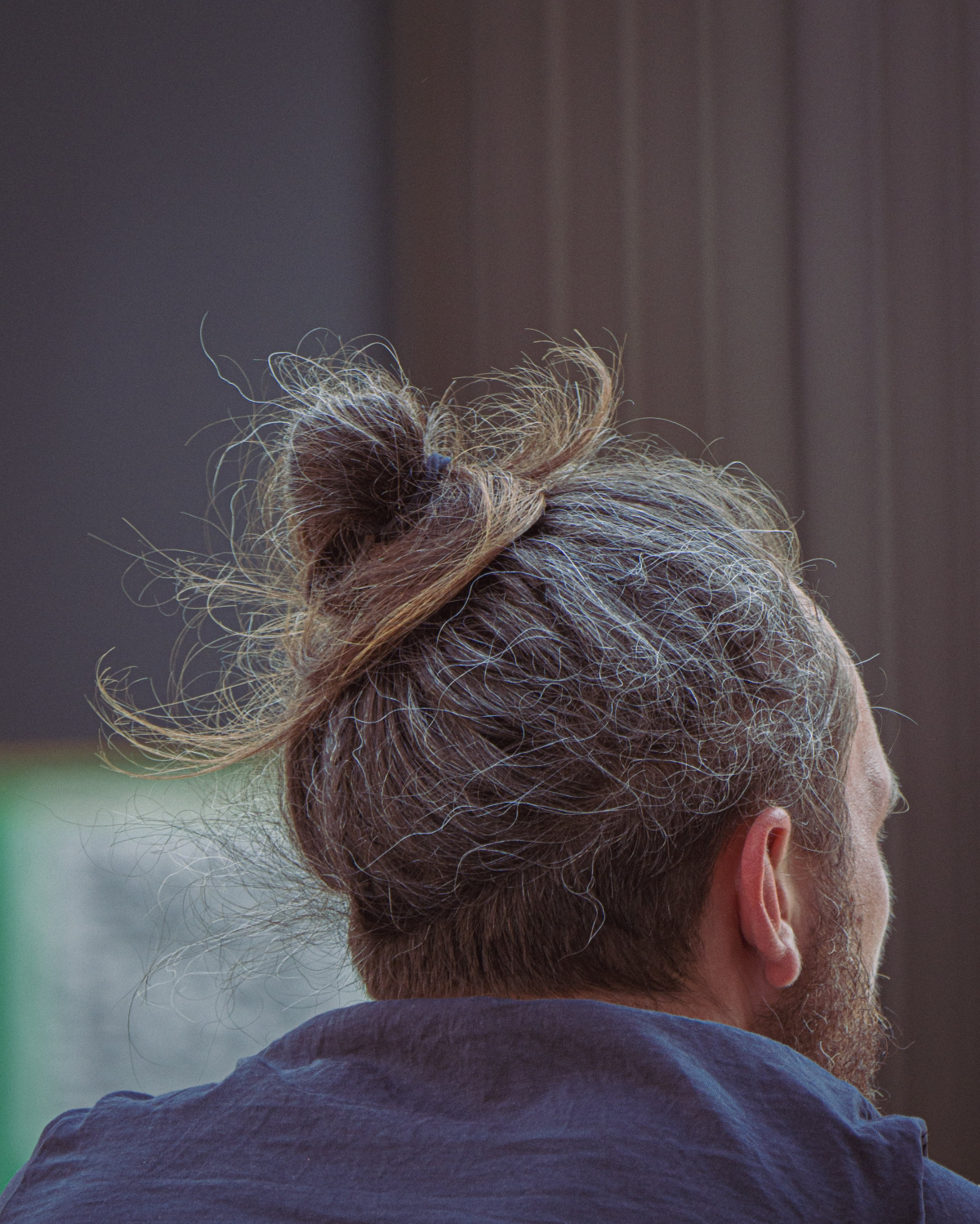
- Reduced frizz and fewer tangles in the morning.
- Less breakage from friction as you sleep.
- Hair that retains moisture and natural oils better.
The secret isn’t a product you put in your hair, but what you put your head on. Switching from a cotton pillowcase to a silk or satin one dramatically reduces friction, protecting your hard-earned length while you sleep.
Beyond the mirror, growing your hair out changes your daily sensory experience. It’s the new feeling of wind moving through your hair on a walk, the simple ritual of tying it up before a workout, or the weight of it resting on your neck. It’s a small but constant physical reminder of the patience and commitment you’ve invested in yourself.










